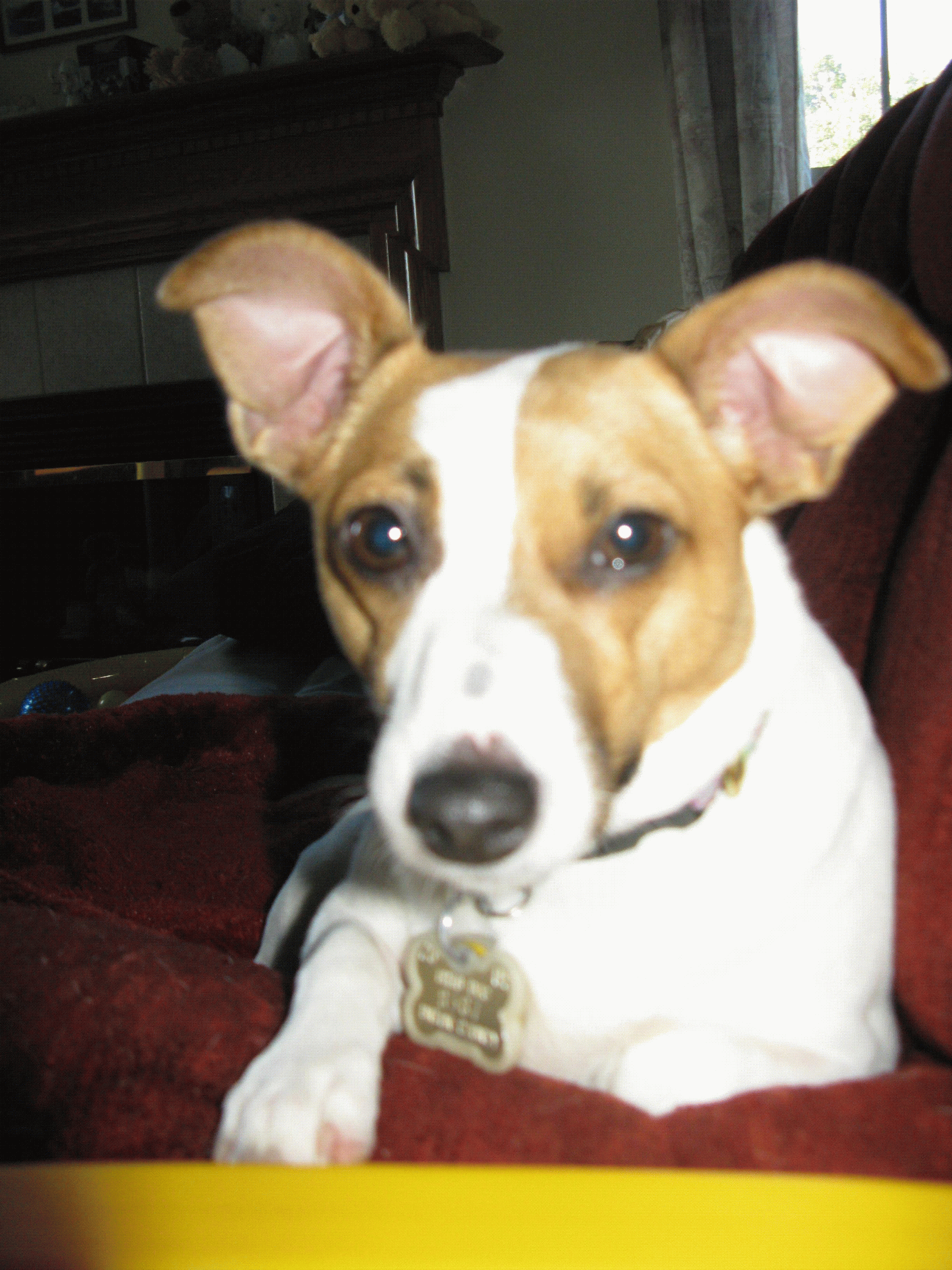The Psychology Behind Your Dog’s Need for Constant Attention

Dogs have long been cherished as loyal companions, celebrated for their unwavering affection and boundless energy. Yet, many dog owners find themselves puzzled by their furry friend’s seemingly insatiable need for attention. Why does your dog insist on following you from room to room, nudging you with their nose, or demanding belly rubs at the most inconvenient times? Understanding the psychology behind your dog’s need for constant attention not only deepens the bond you share but also helps address any behavioral issues that may arise. In this article, we’ll explore the fascinating world of canine psychology, shedding light on the reasons behind your dog’s clingy behavior and offering practical tips to ensure a happy and balanced relationship.
Understanding Your Dogs Social Nature
Dogs, much like humans, are inherently social creatures. They have evolved alongside humans, developing a unique bond that is deeply rooted in their need for companionship. This intrinsic desire for connection is reflected in their behaviors, especially their constant need for attention. A dog’s social nature is influenced by several factors, including genetics, environment, and training. Understanding these elements can help pet owners foster a healthier and more fulfilling relationship with their furry companions.
Here are a few key aspects of a dog’s social instincts:
- Pack Mentality: Dogs are pack animals by nature. This means they thrive in environments where they feel they are part of a group. They look to their human family as their pack, seeking reassurance and interaction to feel secure.
- Communication: Dogs communicate through body language, vocalizations, and even facial expressions. They often seek attention to convey their needs or to simply share their presence.
- Play and Exercise: Engaging in play is not only a form of exercise for dogs but also a social activity that reinforces their bond with humans.
- Emotional Connection: Dogs are known to form strong emotional bonds with their owners, often seeking attention to express affection or to receive comfort.
By recognizing and nurturing these social instincts, dog owners can ensure their pets lead happy, balanced lives. Encouraging positive social interactions and providing ample opportunities for attention can significantly enhance a dog’s well-being.

Exploring the Role of Attachment in Canine Behavior
Understanding why your dog seems to need constant attention often boils down to the concept of attachment, a significant factor influencing canine behavior. Dogs are inherently social creatures, and their evolutionary journey alongside humans has fostered deep bonds. This attachment manifests in behaviors that might seem like your dog is vying for your attention all the time. Recognizing the types of attachment your dog might exhibit can help you better address their needs and enhance your relationship.
- Secure Attachment: Dogs with this type of attachment feel confident and secure, often displaying a balance of independence and affection. They enjoy being around their owners but are also comfortable being alone.
- Anxious Attachment: Dogs displaying anxious attachment may become distressed when left alone. They might follow you from room to room, seeking constant reassurance.
- Avoidant Attachment: These dogs may appear aloof and independent, often preferring to be on their own rather than seeking out attention.
By identifying which attachment style your dog exhibits, you can tailor your interactions to ensure they feel secure and loved. This understanding can lead to a more harmonious household where both you and your furry friend thrive.

Recognizing Signs of Attention-Seeking Behavior
Understanding your furry friend’s constant quest for attention is crucial for maintaining a harmonious relationship. Dogs, much like humans, have their unique ways of expressing their needs. Attention-seeking behavior can manifest in various forms, often leaving pet owners puzzled. Here are some common signs to look out for:
- Barking or whining: This is one of the most obvious signs. If your dog barks incessantly or whines when you’re not paying attention, it’s their way of saying they want more of your focus.
- Destructive behavior: Chewing furniture, digging holes, or shredding pillows can be a call for attention. While frustrating, it’s important to understand that this might be their way of coping with loneliness or boredom.
- Jumping up: Some dogs jump up on their owners or guests to grab attention. Though it might seem endearing at first, it can become problematic if not addressed.
- Bringing toys: A dog that constantly brings you their favorite toy is trying to engage you in playtime, seeking interaction and companionship.
These behaviors, while sometimes challenging, stem from a basic need for social interaction and mental stimulation. Recognizing these signs early can help you address them effectively, ensuring your pup feels loved and secure.

Practical Tips for Balancing Attention and Independence
Balancing your dog’s need for attention with their desire for independence can be a rewarding yet challenging task. Start by creating a structured routine that incorporates both playtime and alone time. This routine helps your dog understand when to expect interaction and when they should engage in independent activities. Here are some practical tips to achieve this balance:
- Interactive Toys: Invest in toys that stimulate your dog mentally and physically. Puzzle toys and treat dispensers can keep them occupied while you focus on other tasks.
- Designated Spaces: Establish a comfortable area where your dog can retreat for some alone time. Ensure this space is equipped with their favorite bed or blanket to encourage independence.
- Positive Reinforcement: Reward your dog when they successfully entertain themselves. This reinforces the idea that being alone can be a positive experience.
- Gradual Alone Time: Slowly increase the duration of time your dog spends alone to help them adjust without feeling anxious or neglected.
By implementing these strategies, you can help your dog develop a healthy balance between craving attention and enjoying their independence, ultimately fostering a happier and more well-adjusted pet.



